Zyn Competitors: A Comprehensive B2B Guide to Corporate Nicotine Procurement
As the global appetite for tobacco-free nicotine products continues to grow, business buyers are increasingly seeking alternatives to dominant players like Zyn. Whether you’re a distributor expanding your portfolio, a retailer evaluating private-label options, or a company exploring OEM partnerships, understanding the competitive landscape is critical.
This report explores top Zyn competitors, regional sourcing strategies, cost breakdowns, and white-label versus OEM models to help businesses make informed procurement decisions.
Nicotine pouches have quickly become a favored option for health-conscious consumers seeking smokeless, tobacco-free solutions. Zyn has led this trend, but its prominence has also opened the door for competition—and opportunity.
For corporate buyers, expanding beyond Zyn can mean gaining access to better margins, faster production cycles, or more flexible product designs. This guide outlines how to evaluate alternative brands, establish manufacturing partnerships, and navigate the complexities of global nicotine pouch sourcing.
Alternative Nicotine Brands: Zyn Competitors at a Glance
Several brands have emerged as serious contenders to Zyn. Understanding their positioning is the first step to informed sourcing:
-
On! – Offers slim-format pouches in a wide array of flavors and nicotine strengths. Known for its modern design and appeal among younger consumers.
-
VELO – Manufactured by BAT, VELO emphasizes quality and mild flavors. It’s particularly dominant in Europe, with growing presence in the U.S.
-
Nordic Spirit – A Scandinavian leader that delivers a premium feel, catering to traditional pouch users who prioritize quality and clean formulations.
-
Emerging and private-label brands – These are increasingly competitive in pricing and flexibility, especially in B2B arrangements.
Insight: Choosing the right competitor to Zyn depends on your target market’s flavor preferences, price sensitivity, and product positioning.
How to Source Nicotine Pouches from Zyn Competitors
Global supply networks offer varied sourcing options depending on your geographic and regulatory context:
U.S. Market
-
Strengths: Established compliance systems, fast delivery for domestic retailers.
-
Limitations: Higher labor and manufacturing costs, fewer customization options.
European Market
-
Strengths: Access to premium brands and expertise, particularly in Sweden and Denmark.
-
Limitations: Higher shipping and regulatory hurdles for non-EU partners.
Asia (China, India)
-
Strengths: Highly cost-efficient for large-volume white label or OEM manufacturing.
-
Limitations: Requires diligent supplier vetting and attention to quality control.
Explore sourcing options from trusted nicotine pouch and liquid nicotine providers here.
Cost Composition of Bulk Nicotine Procurement
Understanding what drives price is essential when comparing Zyn competitors.
Equipment and Facility Investments
White label and OEM factories invest in automated filling, sealing, and packaging systems—these contribute to base pricing, especially at lower MOQs.
Raw Materials
Core ingredients include:
-
Nicotine extract – A significant cost driver, varying by extraction method.
-
Fillers and carriers – Plant-based materials affect pouch texture and mouthfeel.
-
Flavors and stabilizers – Custom formulations increase per-unit costs.
Labor and Compliance
Manufacturers in the U.S. or Europe may embed costs related to FDA or EU TPD compliance, whereas Asian producers often offer lower labor costs but require external quality checks.
More on nicotine preparation and raw material control is available here.
White Label Versus OEM for Zyn-Competitive Products
White Label
-
Ideal for: Businesses seeking speed-to-market and standardized product lines.
-
Benefits: Lower development time, reduced R&D costs, consistent quality.
OEM
-
Ideal for: Brands building long-term identity with unique flavors, pouch sizing, or packaging formats.
-
Benefits: Full product control, custom branding, scalable differentiation.
Choosing the right model depends on budget, brand vision, and distribution goals. Early-stage companies often start with white label before transitioning to OEM.
Order Placement, Sample Requests, and Supplier Relations
How to Place a Bulk Order
-
Finalize supplier selection based on compliance, pricing, and delivery capability.
-
Negotiate MOQs, timelines, and pricing tiers.
-
Sign agreements outlining IP rights, defect policies, and delivery terms.
Requesting Samples
Before committing to high-volume orders, corporate buyers should request:
-
Multiple flavors across nicotine levels
-
Packaging mockups for shelf testing
-
Stability data or compliance documentation
Start your sample request process here.
Building Long-Term Relationships
Reliable suppliers are more than vendors—they’re partners. Maintain regular communication, evaluate performance quarterly, and plan co-branded marketing when applicable.
Conclusion and Actionable Next Steps
Zyn may be the industry leader, but the nicotine pouch market is far from saturated. Brands like VELO, On!, and high-quality private-label offerings provide real value to B2B buyers—if sourced strategically.
Action Plan for Corporate Buyers:
-
Identify strategic supply regions (U.S., EU, or Asia) based on margin goals.
-
Decide between white label and OEM based on product vision.
-
Assess raw material and labor cost structures when comparing quotes.
-
Use sample testing to vet product integrity before full-scale rollout.

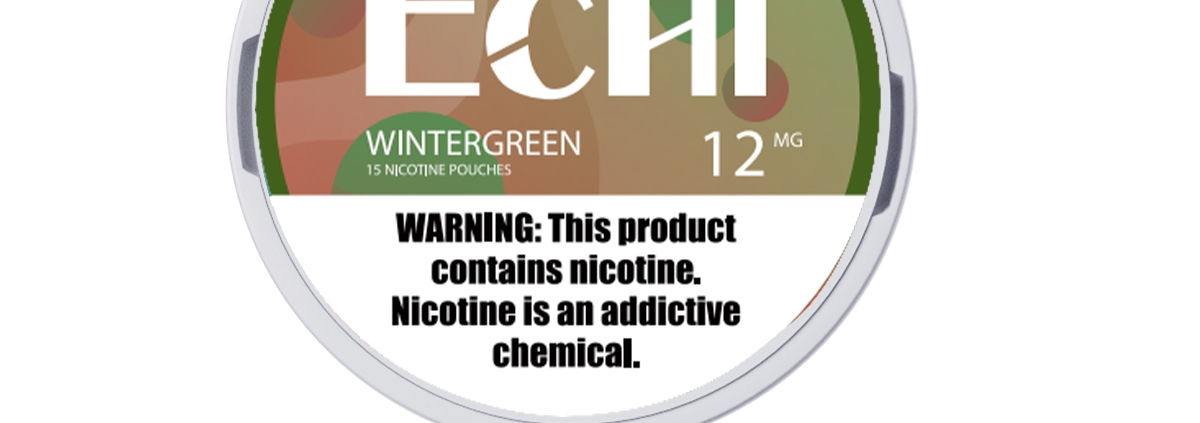

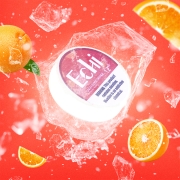
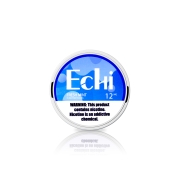
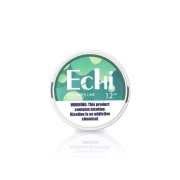

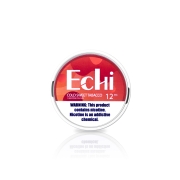


Leave a Reply
Want to join the discussion?Feel free to contribute!